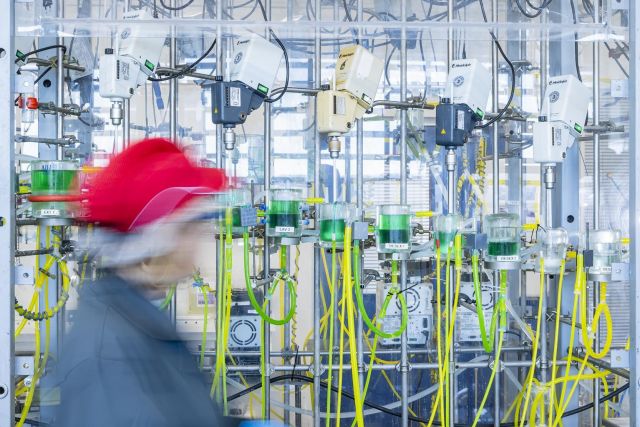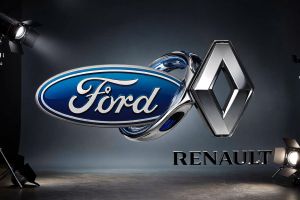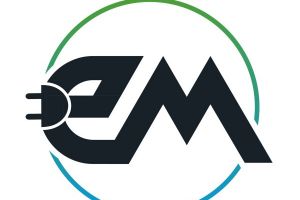
BYD brings affordable PHEV SUV to the market
BYD has added another model to its line-up in South Africa. This time it is the Sealion 5, which slots in below the larger Sealine 6, which is also available locally.
- Product News
- 15 December 2025
Stellantis and Orano announced the signing of a memorandum of understanding to establish a joint venture to recycle end-of-life electric vehicle batteries and scrap from gigafactories.

This will be done in Enlarged Europe and North America and will strengthen Stellantis’s position in the electric-vehicle battery value chain by securing additional access to cobalt, nickel and lithium necessary for electrification and energy transition.
“The United Nations’ Sustainable Development Goals have confirmed the need to find solutions like this one with Orano to meet the challenge of natural resource scarcity and sustainability,” says Stellantis’s Senior Vice President, Circular Economy Business Unit, Alison Jones. “Guided by our Dare Forward 2030 strategic plan, Stellantis is committed to shifting its production and consumption model by fulfilling its circular economy commitment.”

The joint venture capitalises on Orano’s innovative, low-carbon technology, which breaks with existing processes, allowing the recovery of all materials from lithium-ion batteries and the manufacturing of new cathode materials. The joint venture will produce materials also known as “black mass” or “active mass”. This can be refined in Orano’s hydrometallurgical plant to be built in Dunkirk, France, so that the materials can be re-used in batteries, thereby closing the loop of a circular economy.
Thanks to its innovative pre-treatment approach and cutting-edge hydrometallurgical technology, the recovery rates of metals can reach exceptional levels of more than 90%. It enables OEMs to reach European Commission levels of recycling rate with batteries of electric vehicles and ensure the sustainability of the business model.
In a context of increased demand for strategic metals and Europe's strong dependence on those metals, Orano positions itself as a key player in the integrated value chain, from battery recycling to the production of cathode materials.
As part of Stellantis’s Dare Forward 2030 strategic plan, its Circular Economy Business Unit is pushing to increase recycling revenues tenfold and achieve more than R40 billion in total circular economy revenues by 2030. Stellantis is on track to become a carbon net zero corporation by 2038, all scopes included, with single-digit percentage compensation of remaining emissions.
The new commercial recycling entity will also provide Stellantis’s partners, its after-sales network, and other OEMs with a solution to manage end-of-life batteries and scrap from gigafactories. Production will begin in the first part of 2026, reusing existing Stellantis assets and facilities.

According to a Reuters report, Ford and Renault have agreed to work together on a new generation of compact, lower-priced electric cars for Europe, while also expanding cooperation on commercial vans, as both manufacturers seek to defend their market positions against increasingly aggressive Chinese rivals.

As South Africa forges ahead in the automotive landscape, a notable divide has emerged in the growing realm of new-energy vehicles.

Kenya’s automotive industry recently made headlines when Tad Motors unveiled its first range of locally assembled electric vehicles (EVs), igniting discussions across Africa about the continent’s growing capacity for indigenous mobility solutions.